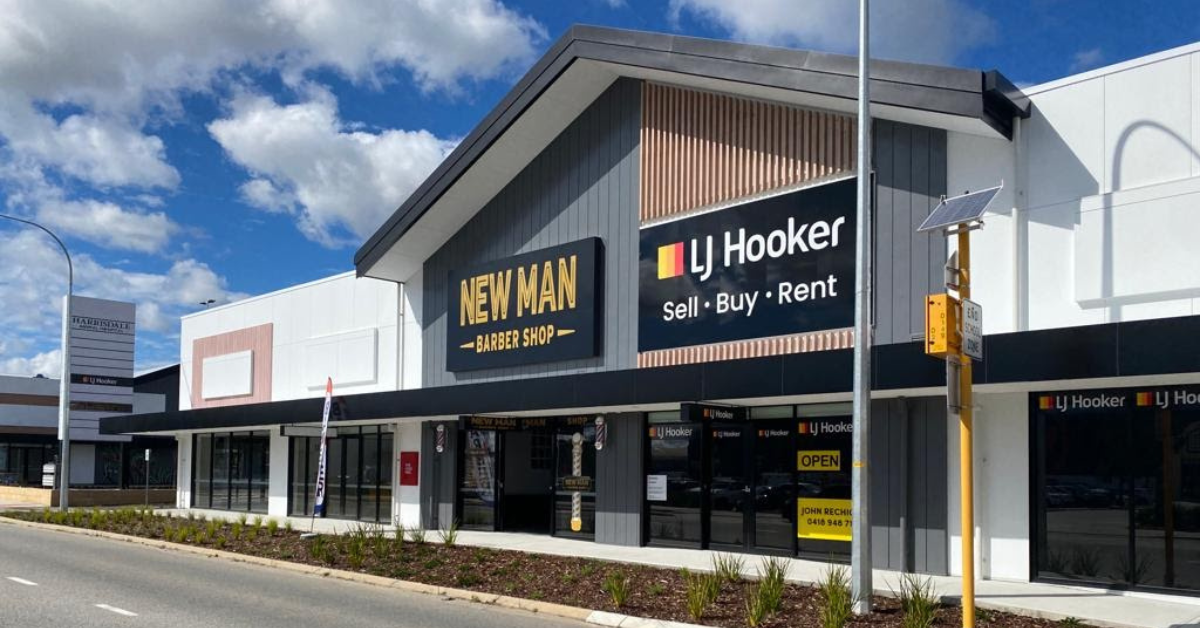Unlock the flywheel: the growth multiplier already inside your network
Grow smarter, avoid silos and unlock value across your network.
 If there’s one concept that’s shaped my thinking this past year, it’s this: real estate networks don’t grow by adding more pieces to the puzzle. They grow when the pieces start working together.
If there’s one concept that’s shaped my thinking this past year, it’s this: real estate networks don’t grow by adding more pieces to the puzzle. They grow when the pieces start working together.
We often think of growth in terms of volume: more offices, more agents, more listings. And, yes, that matters. What I've come to see clearly in my role is that real growth unlocks when we shift from isolated performance to collective momentum. That’s where the flywheel effect comes in.
The flywheel effect
Let’s talk about the flywheel and why it matters in real estate. It isn’t just a nice leadership metaphor. At its core, a flywheel is about momentum: the more energy you feed into it, the more it gives back.
In real estate, that momentum doesn’t come from one standout performer. It comes when the whole ecosystem — from agents, ops teams, admin support, marketers, even your local printer — starts working in sync. That’s when growth stops feeling like a constant uphill push and starts flowing. Because the goal isn’t just to move forward. It’s to move forward together and build momentum for sustainable growth.
Here’s some simple ways to start building momentum in your flywheel:
- Referrals between neighbouring offices instead of letting leads drop into competitors’ laps.
- If you’re part of a network, leverage its collective design power — from Canva templates to centralised campaigns — to dramatically reduce turnaround times and free up agents to focus on listing, selling and prospecting. Shared tools not only save time but elevate the quality and consistency of marketing across the board.
- Let offices learn from each other, not compete with each other. If an agent is keen to learn a skill like auctioneering, open the lines of communication with another office that's excelling and let them learn directly from those doing it well.
But here’s the reality: most networks aren’t set up this way. Many still operate like a collection of individual businesses loosely tied together by a brand, rather than a connected ecosystem designed to accelerate each other’s success.
That’s what needs to shift in the real estate industry.
From isolation to integration: what I’ve seen firsthand
When I started visiting offices and speaking with franchisees, a few patterns became clear.
Some offices were thriving, driven by fast-paced, tight-knit teams and sharp listing strategies. Others were holding steady but not moving forward. A few were quietly struggling, unsure of their next step.
And, yet, many of these offices were just a suburb or two apart.
I recall one instance where two offices were independently spending thousands on digital prospecting, targeting overlapping postcodes without even realising they were essentially bidding against each other. Another had cracked a brilliant listing script that was converting at double the network average but hadn’t shared it beyond their patch.
The value was already in the network, it just wasn’t generating momentum. That’s where the flywheel effect comes into play.
The power of cross-referrals
We’ve seen huge upside when offices start referring clients and leads across the network, especially in high-mobility markets. When cross-office referrals become habitual, not exceptional, it strengthens client trust, shortens pipeline time, and lifts total commission earned without additional marketing spend.
Shared tools that actually get used
One of our key focuses now is removing duplication. We’ve built out a shared marketing toolkit called Acceler8, which lets offices access readymade, brand consistent assets and templates from social campaigns to listing presentations.
This isn’t just about saving time. It’s about lifting standards in real estate, so the brand becomes known not just for presence, but for performance.
I’ve had offices tell me, “We’ve saved hours every week since adopting the marketing suite and our social engagement has doubled”. That’s the flywheel in action. One team builds the resource, the rest benefits and everyone lifts.
Benchmarking without the ego
Let’s be honest, real estate is competitive. Leaders want to win. But that drive doesn’t need to come at the cost of collaboration.
One franchisee recently mentioned, “Seeing what another team was doing helped us realise we weren’t actually behind, we just hadn’t tried a new approach in a while”. That’s powerful. Because now, they’re experimenting, improving and, most importantly, growing.
How leaders can build their own flywheel
If you're reading this and leading a business or a region, here's what I’d encourage:
1. Audit for duplicationWhere are you or your teams doing the same thing in 10 different ways? Consolidate it, standardise it and free up time for growth-focused work.
2. Create a referral rhythmDon’t wait for the occasional handover, make it regular practice. Quick monthly or quarterly meetings between neighbouring offices can unlock surprising value.
3. Celebrate cross-office winsPublicly acknowledge collaboration. When people see that working together gets rewarded, they’ll do more of it.
4. Get curious, not defensive, about performanceBenchmarking isn’t about being the best every month. It’s about learning what better looks like and then adapting it locally.
Share


